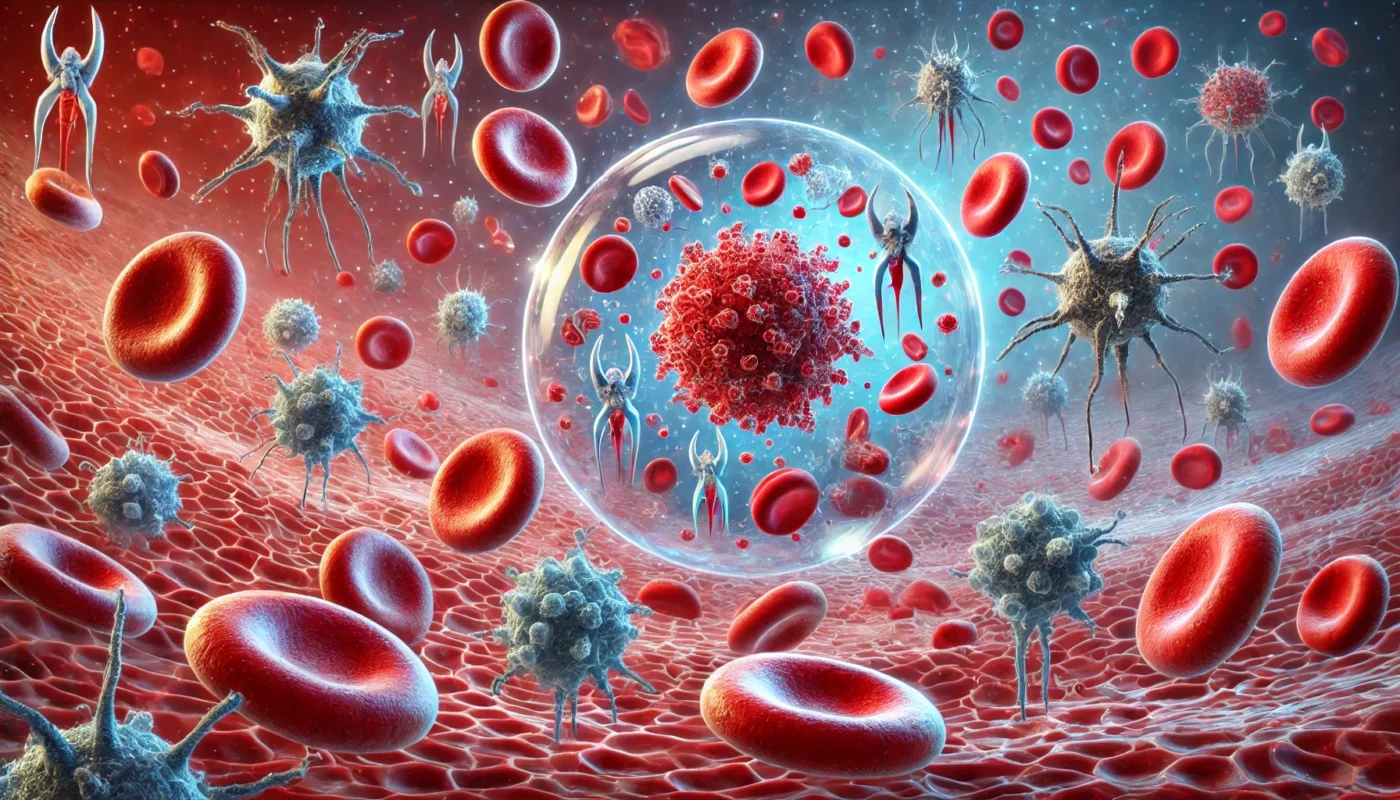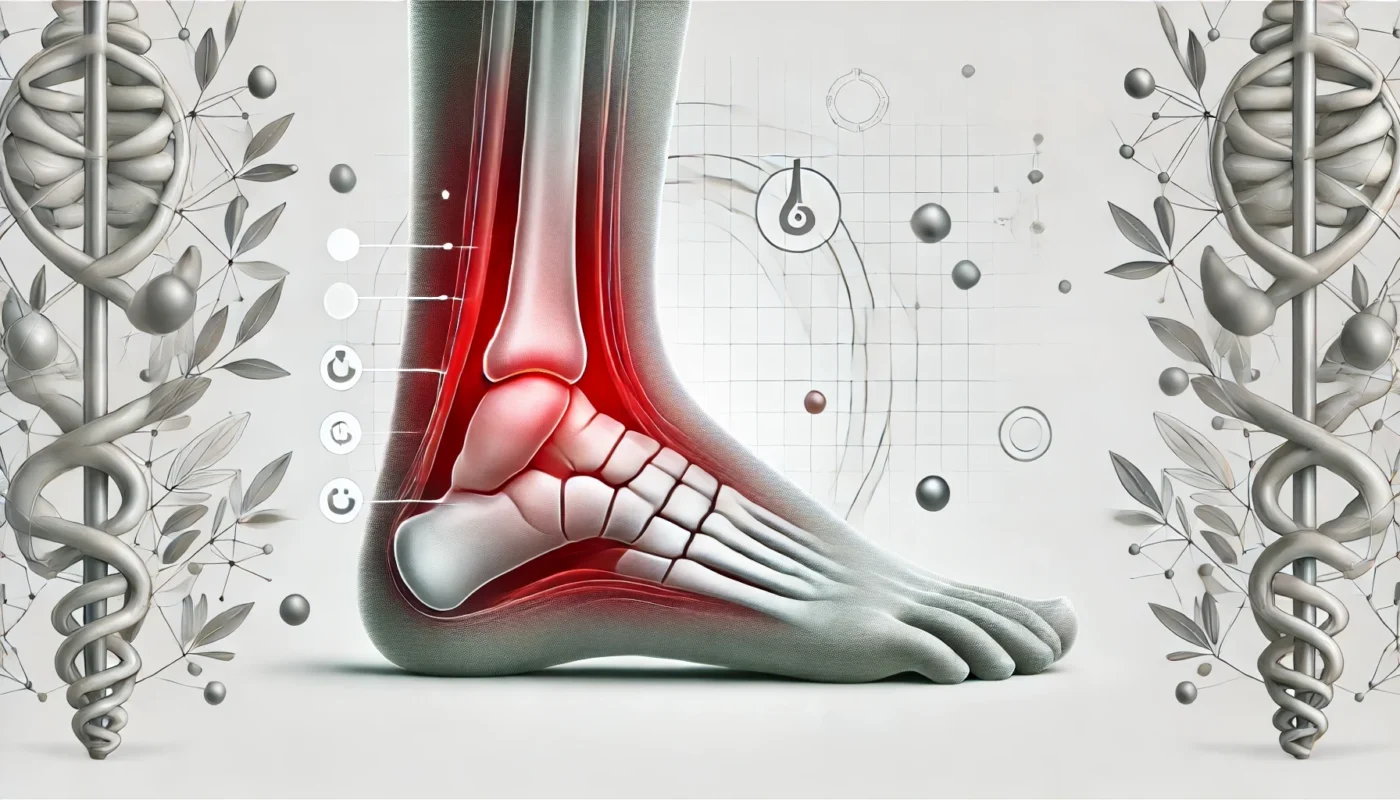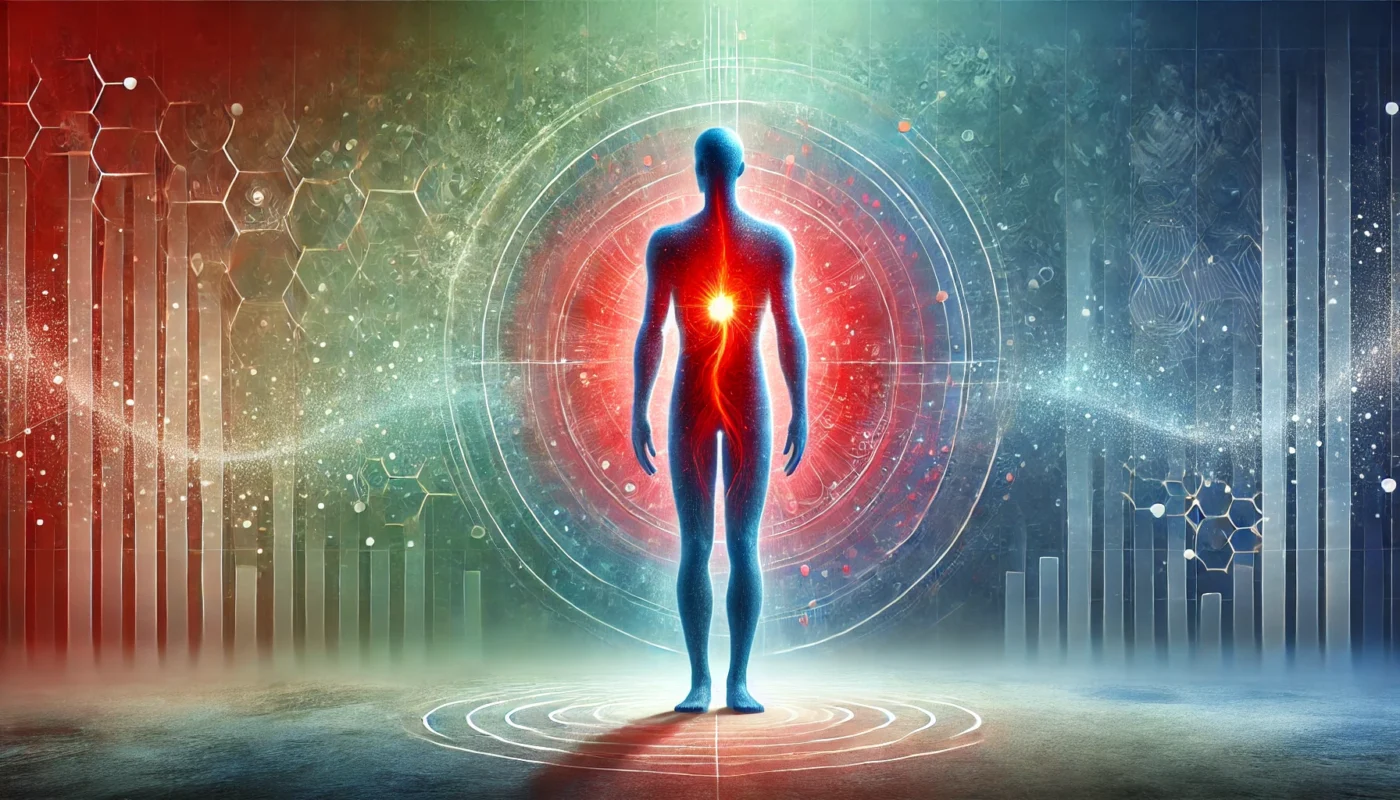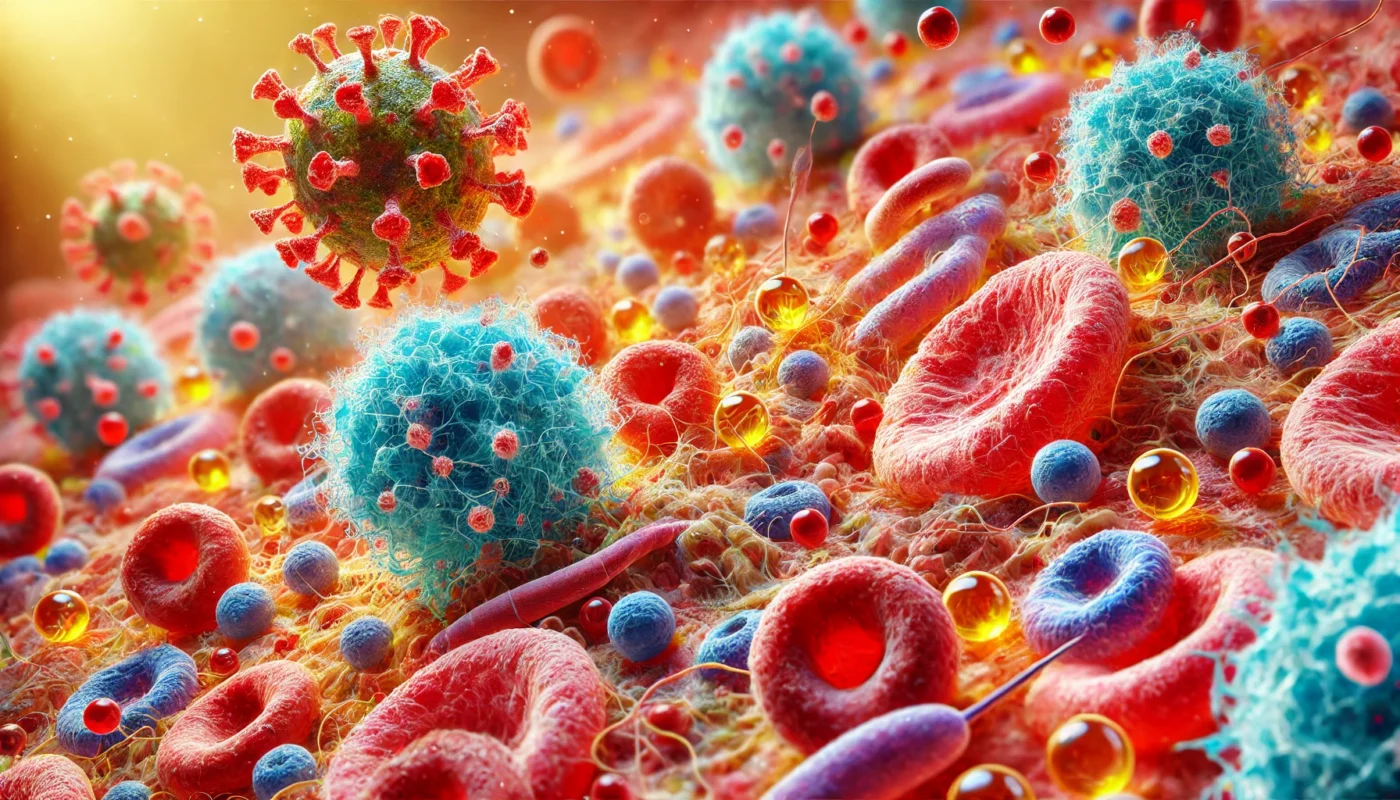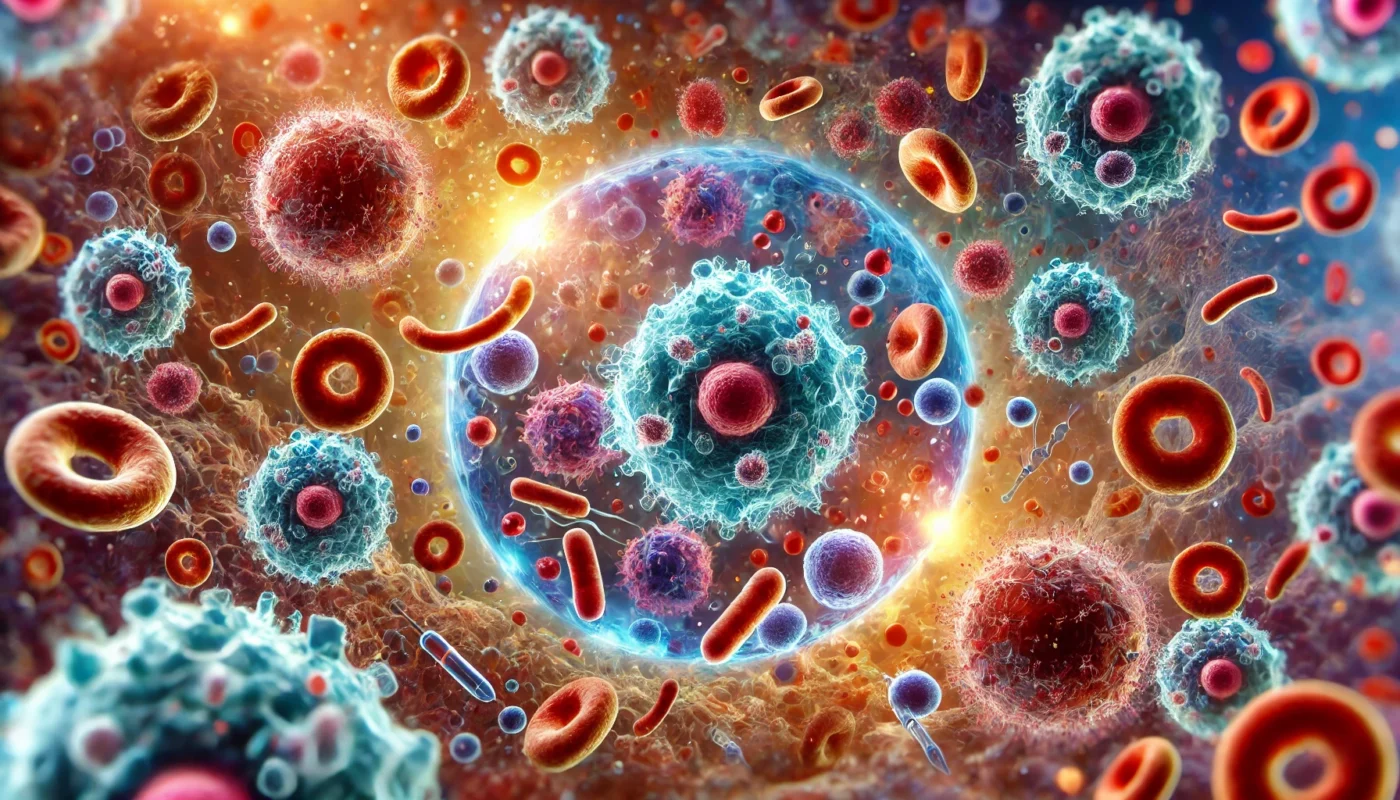Ibuprofen, a nonsteroidal anti-inflammatory drug (NSAID), is widely used to reduce inflammation and relieve pain from various conditions, such as headaches, dental pain, menstrual cramps, muscle aches, and arthritis. It works by inhibiting the production of prostaglandins, substances in the body that play a role in inflammation and pain.
Tag Archives: lifestyle modifications
Antidepressants are widely recognized for their role in treating depression and anxiety disorders, but they also have a significant place in managing chronic pain, particularly nerve pain. This dual functionality stems from their ability to alter neurotransmitter levels in the brain, which affects both mood and pain perception.
Living with chronic pain can be an overwhelming challenge that affects every aspect of daily life. Whether you’re a fitness enthusiast dealing with persistent muscle pain, a health enthusiast seeking alternatives to traditional medicine, or a medical patient looking for relief, understanding long-term pain relief options is crucial. This article delves into various approaches, from traditional medications to holistic therapies, to help you make informed decisions about managing chronic pain.
Warm Autoimmune Hemolytic Anemia is a type of autoimmune disorder where the body’s immune system mistakenly attacks its own red blood cells. This leads to hemolysis, or the destruction of red blood cells, which can result in a variety of symptoms ranging from mild to severe.
Narcotics, also known as opioids, are a class of medications commonly used to manage moderate to severe pain. They work by binding to specific receptors in the brain, blocking pain signals and altering the perception of pain. While effective, narcotics carry a risk of dependence and side effects, necessitating careful monitoring by healthcare providers.
Swelling, or edema, is the result of an accumulation of fluid in the body’s tissues. This condition can occur due to various factors, including injury, infection, or chronic diseases such as heart failure or kidney disease. While swelling is a common bodily response, it can be uncomfortable and may indicate an underlying health issue that requires attention.
Systemic inflammation refers to a persistent, low-grade inflammation that affects the entire body. Unlike acute inflammation, which is a short-term response to injury or infection, chronic inflammation can persist for months or even years. This prolonged state of inflammation can contribute to the development of various chronic diseases.
At its core, inflammation is the body’s natural response to harm, whether from infection, injury, or foreign bodies. The inflammatory response is a protective mechanism aimed at eliminating the initial cause of cell injury, clearing out damaged cells, and establishing a healing environment.
Before we explore ways to reduce brain inflammation, it’s crucial to understand what it is and why it occurs. Brain inflammation, also known as neuroinflammation, involves the activation of the brain’s immune cells, known as microglia. These cells usually help protect the brain, but when they’re overactive, they can cause damage to brain cells.
Inflammation is the body’s natural response to harmful stimuli, such as pathogens, damaged cells, or irritants. It is a complex biological response involving immune cells, blood vessels, and molecular mediators. The purpose of inflammation is to eliminate the initial cause of cell injury, clear out necrotic cells and tissues, and establish a repair process.




